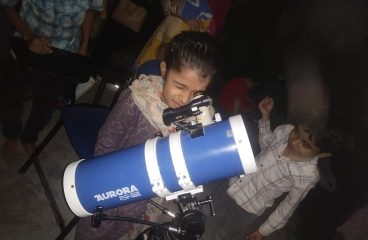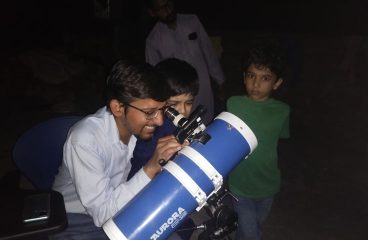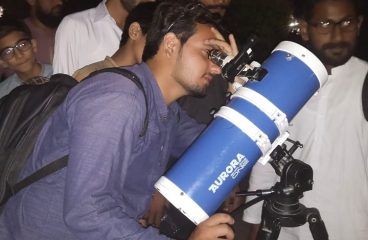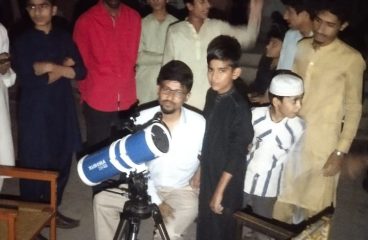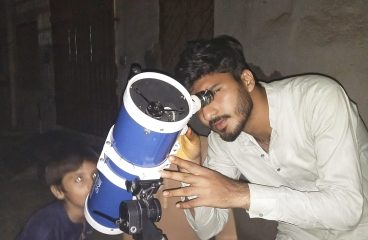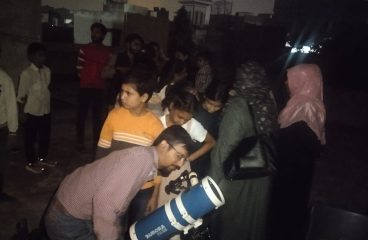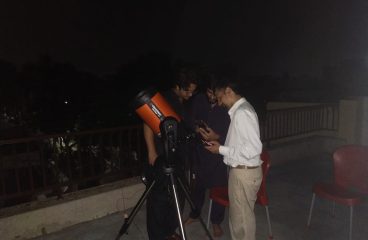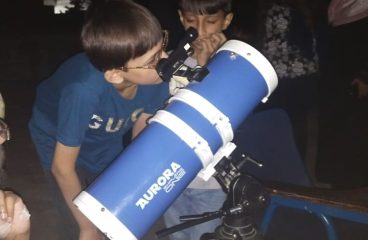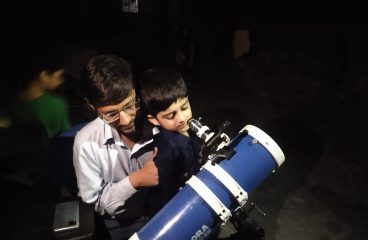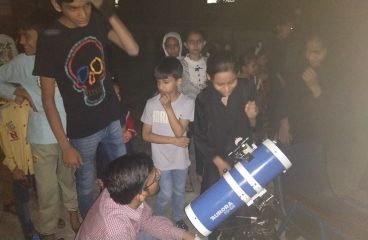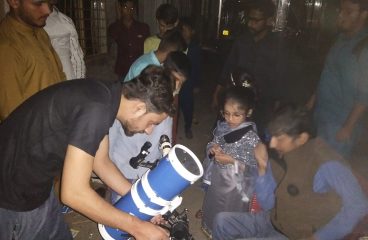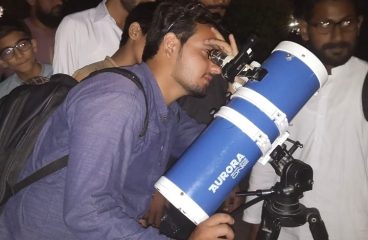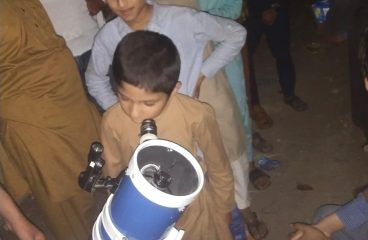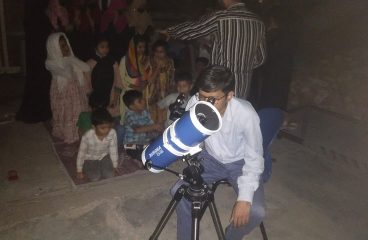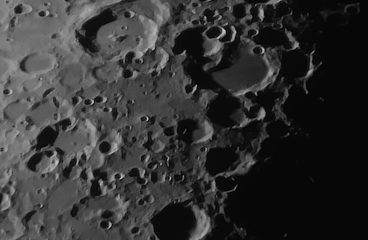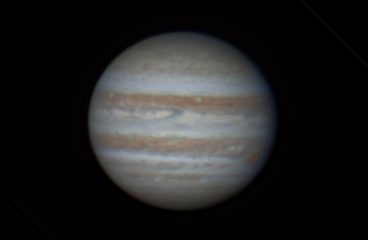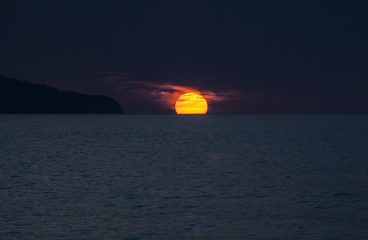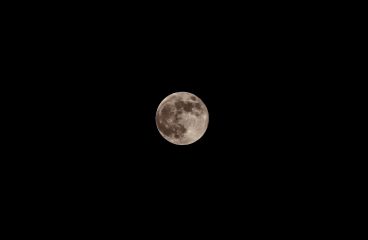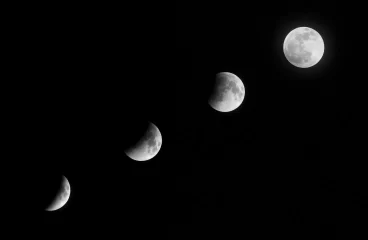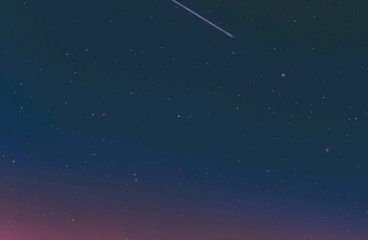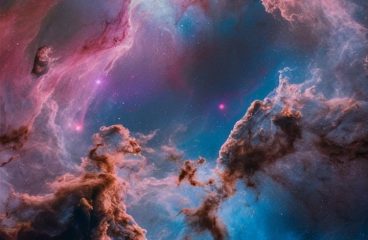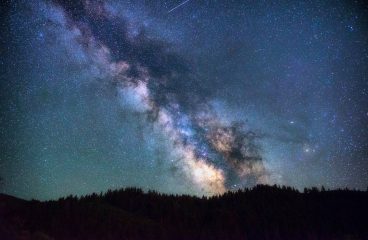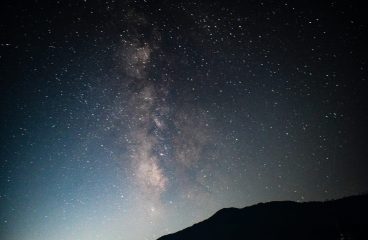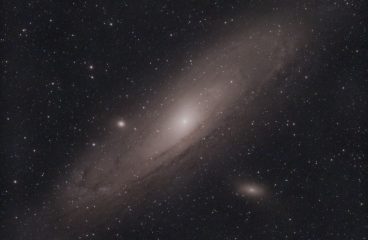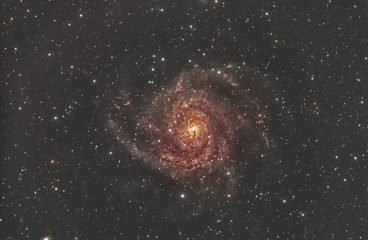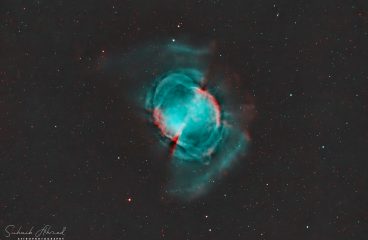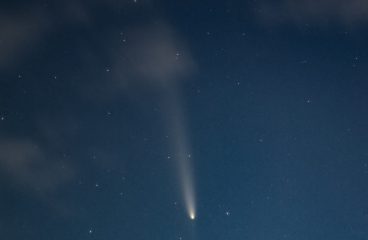LEARNING
REDEFINED
Get ready to engineer and command your own Arduino car with a Bluetooth module in our immersive robotics workshop!
Astronomy
Astronomy is the scientific study of celestial objects and the universe, exploring stars, planets, galaxies, and cosmic phenomena. It plays a critical role in advancing technology, such as GPS and satellite systems, and aids in environmental monitoring, including solar activity and asteroid tracking. Astronomy also fosters global collaboration, as space research often involves international partnerships, and it inspires curiosity and education in STEM fields. By studying astronomy, we gain insights into the universe’s workings and our place within it, benefiting society with practical applications and a deeper sense of connection to the cosmos.
What we will do?
We can make use of interactive and engaging methods that spark curiosity and provide hands-on learning experiences. Teach Through Storytelling and Space Missions, Stories of famous astronomers, space missions, or discoveries engage students emotionally and make learning more relatable. For example, discussing NASA’s Mars missions or the life of stars can captivate their attention.
Start with Basics and Visuals:
Use simple language and visuals like videos, images, and models of the solar system to introduce key concepts. Visual aids help students better grasp ideas about stars, planets, and space phenomena.
Incorporate Telescopes and Observations:
Arrange telescope sessions, even simple ones, to observe the moon, planets, or star clusters. This hands-on experience is exciting and gives students direct contact with celestial objects.
Engage in Inquiry-Based Learning:
Encourage students to ask questions and develop hypotheses about space. Projects like creating solar system models or charting moon phases can make learning feel like an investigation.
Leverage Technology and Apps:
Introduce apps like Stellarium, SkyView, or NASA’s Eyes to allow students to explore constellations, planets, and real-time astronomical events from their devices.
